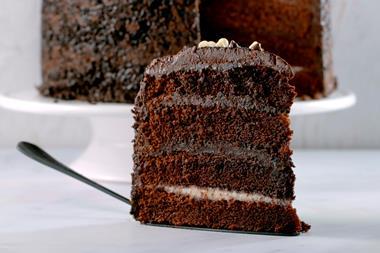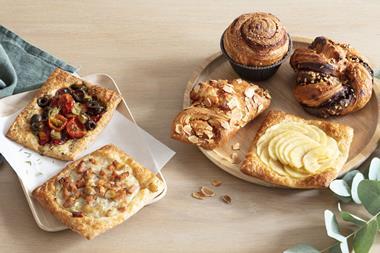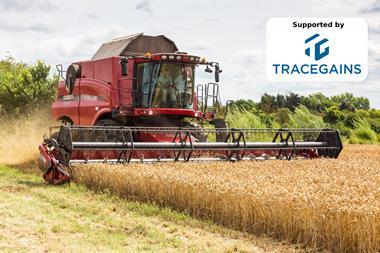Water activity (aW) is related to Equilibrium Relative Humidity (ERH) and is a critical parameter in determining mould-free shelf-life (MFSL).
Water is key in the production of baked products and has many important functions in the finished product, from helping keep a soft texture to controlling mould growth. The more available water you have in your product, the shorter the shelf-life. For example, bread has a typical aW of 0.95-0.98, which equates to around five days’ MFSL, while biscuits have a very low aW of around 0.30 giving over 170 days.
The ability of sugars and salts to bind water make them ideal to preserve the shelf-life of sweet goods. Sucrose has the water binding equivalent of 1x (it binds its own weight of water) whereas salt binds 11x, glycerol 4x and baking powder 3x. This highlights the importance of ingredient selection in product development.
Matthew Smith, bakery technologist, Campden BRI
Campden BRI provides technical support to the food, drinks and allied industries worldwide. Its activities are built on a programme of industrial relevant research and innovation steered by industry. See campdenbri.co.uk or telephone 01386 842000


























No comments yet